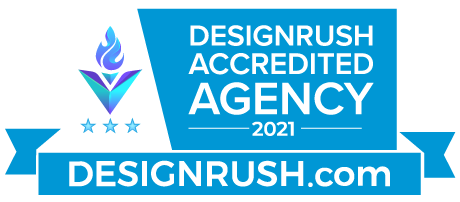Sometimes data gets a bad rap. Data can be scary, confusing, daunting, frustrating, defeating, and sometimes just downright ugly. If you’re not a numbers person or an analytical thinker, it’s possible that data is all of these things to you. But what if the data came with large fonts, pretty graphs, clear and well-placed labels, maybe even a fun legend or interactive displays? Starting to sound not so terrible? Now, what if there was an interesting, relatable and maybe even slightly whimsical storyline that helped you forget about analyzing data altogether? Bingo! This is called data storytelling, and at its best can elicit the most effective changes in almost any situation. In the boardroom, on the field, even at the dinner table when your 4-year-old just won’t eat his veggies. The delicate balance of data, narrative, and visuals can explain, engage and entertain an audience all with the purpose of gaining their support.
Effective data storytelling does require a few boxes to be checked. There is a method behind it. The story must have merit and reliability, the audience has to be aligned appropriately, the delivery must be timely, and the presentation must be engaging.
MERIT & RELIABILITY
Data storytelling is based on raw data. If the data is incorrect or inaccurate, so will be the story about it. One bad story told because of bad data and there goes your reliability, right out the window. The group or person to whom you are telling the story must be able to quickly and confidently deem you and your words reliable so they can focus on the story itself and digest the meaning of it all.
APPROPRIATE AUDIENCE
Working up a good data story for a person or group of people who are not at all related to or interested in what you are speaking about would be wasted effort and potentially counterproductive. Talking to recently hired employees about executive-level concepts and data points that they have yet to even learn, would be a wasted effort by the storyteller. It is important for your story to be extremely relatable to your audience. A good storyteller will realize the instant the story content clicks with the audience. Storytelling is persuasion. Allowing your audience to get lost in the story because they can visualize your details will be the catalyst for persuasion.
TIMELY DELIVERY
Appropriate timing of when you share your data story can make all the difference in causing effective change. Presenting a data story much too late or much too early in the progress of a project can cause your audience to disconnect. Too early may mix with the perceived reliability of your data and too late may not only cause frustration, should the data not match what decisions were already made, but could also be completely disregarded as your audience has since moved on to the next task at hand.
ENGAGING CONTENT
Content that is engaging is relative to the situation. I saved this one for last because the content will not be engaging if it does not align with the previous 3 items in this list. Unreliable data included in a story presented to the wrong audience at the wrong time (or any combination of these) will never be truly engaging no matter how hard you work to put the story together. Engaging content is relatable and sticks with your audience. Strength of the engagement can be measured by:
• how well you grab the attention of your audience
• how well they understand your message
• how well they remember or recall what you shared
• actions by the audience following the data story
Your data story could be written, oral, or a combination of both. It doesn’t have to be lengthy; it just has to be effective. It is possible that 1 slide can tell the story, or a few slides can lead the audience through the story. Gather your data and build your story. Test it out on your dog first, then a few friends. Practice makes perfect. Can’t wait to hear your story.







